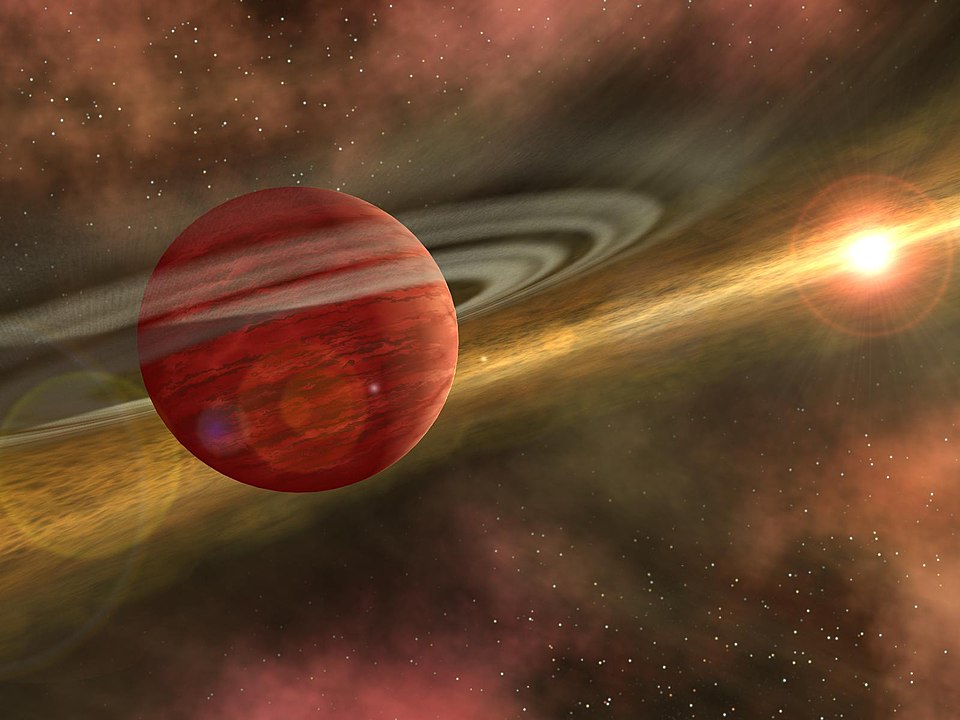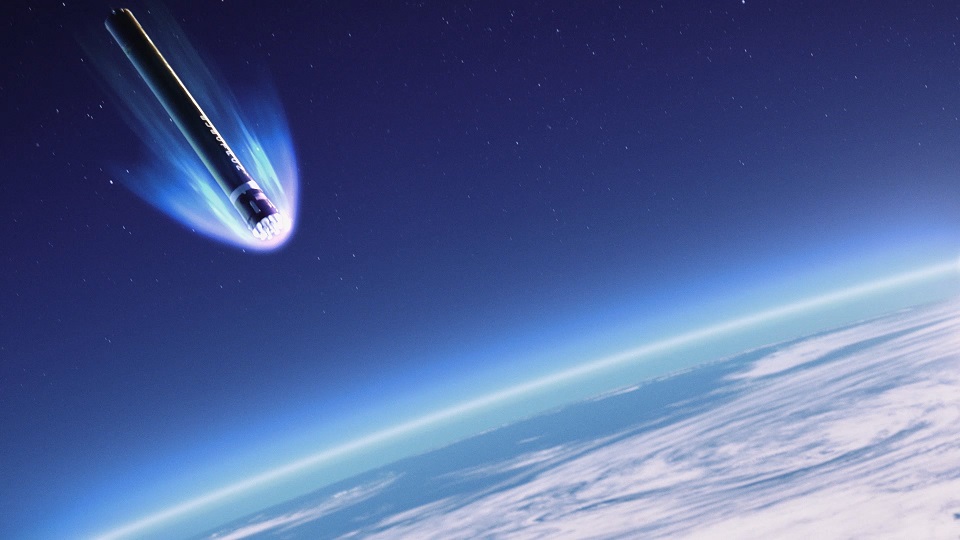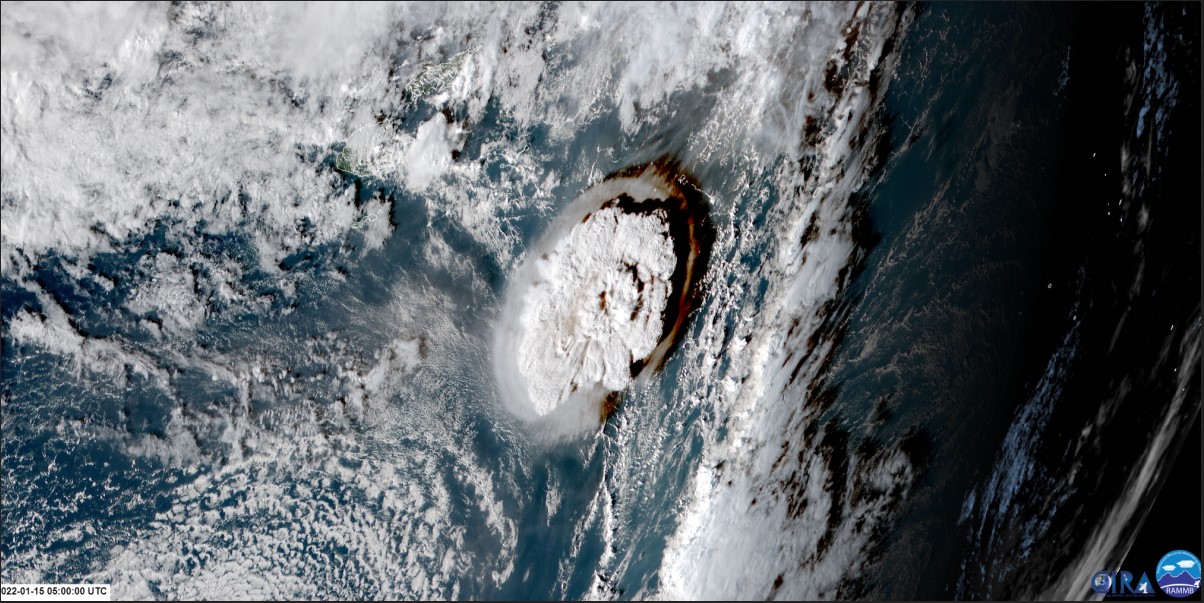Astronomers believe that it can take 10 million years or more to build a planet like the Earth. But studies of protoplanetary disks show that they can only last 1 to 3 million years. How can planet formation finish if the material its made from disappears so quickly? A team of astronomers have proposed a solution: it’s a simple matter of bias in our observations.
Continue reading “Planet Formation Doesn’t Have to be a Rush job After all”Uncontrolled Rocket Reentries are a Bigger Problem Than you Think
Over 60% of the launches in 2020 resulted in one or more rocket parts making an uncontrolled reentry into the atmosphere. While thankfully no one was hurt by that debris, with the expected rise in rocket launches over the coming decade the chances of a casualty are increasing. A new study paints the picture of how current methods of assessing risk are inadequate and new steps need to be taken.
Continue reading “Uncontrolled Rocket Reentries are a Bigger Problem Than you Think”The First cry From a Brand new Baby Star
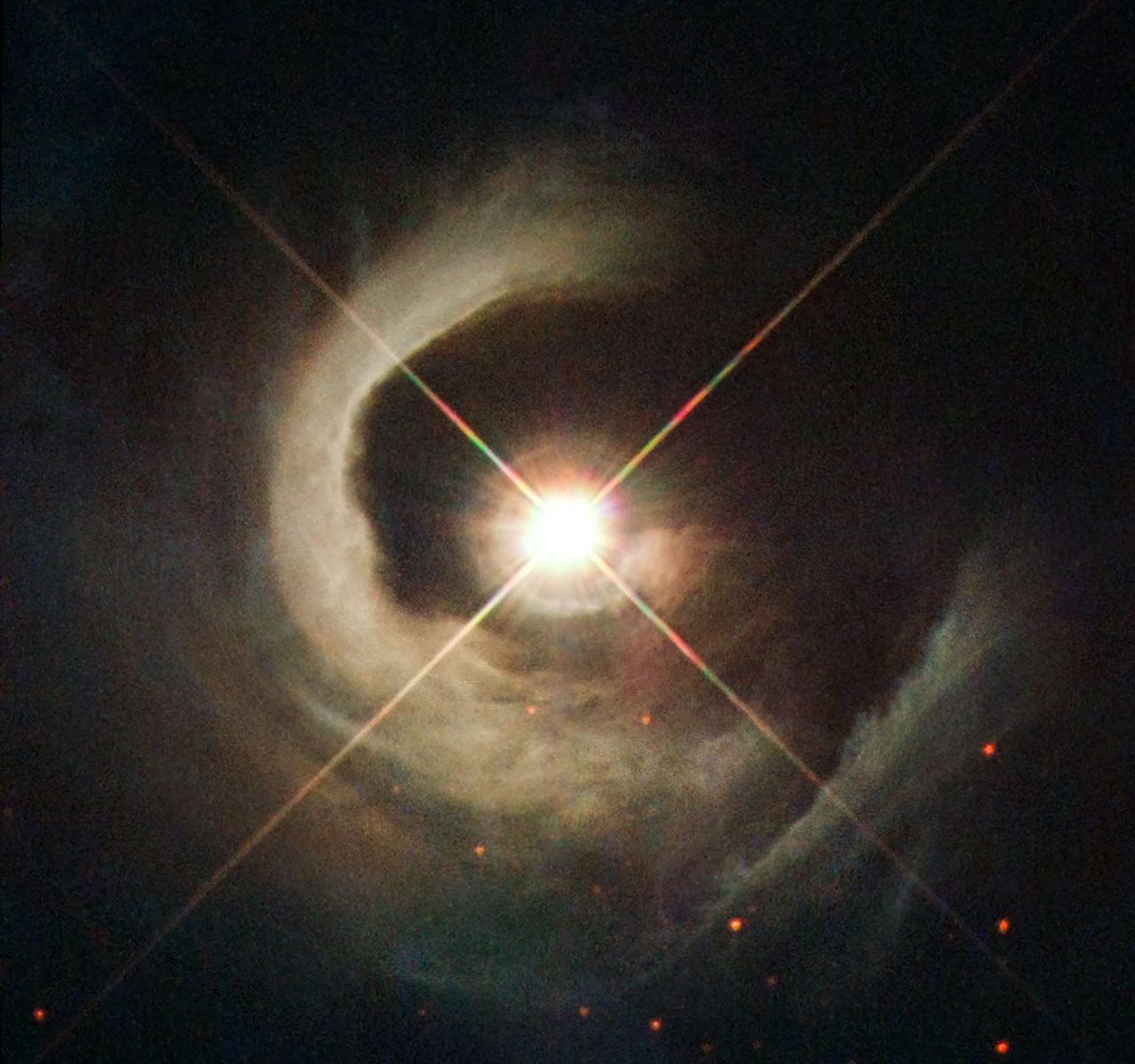
The early universe was a much different place than our own, and astronomers do not fully understand how baby stars grew up in that environment. And while instruments like the James Webb Space Telescope will pierce back into the earliest epochs of star formation, we don’t always have to work so hard – there may be clues closer to home.
Continue reading “The First cry From a Brand new Baby Star”The History of the Sun is Written on the Moon
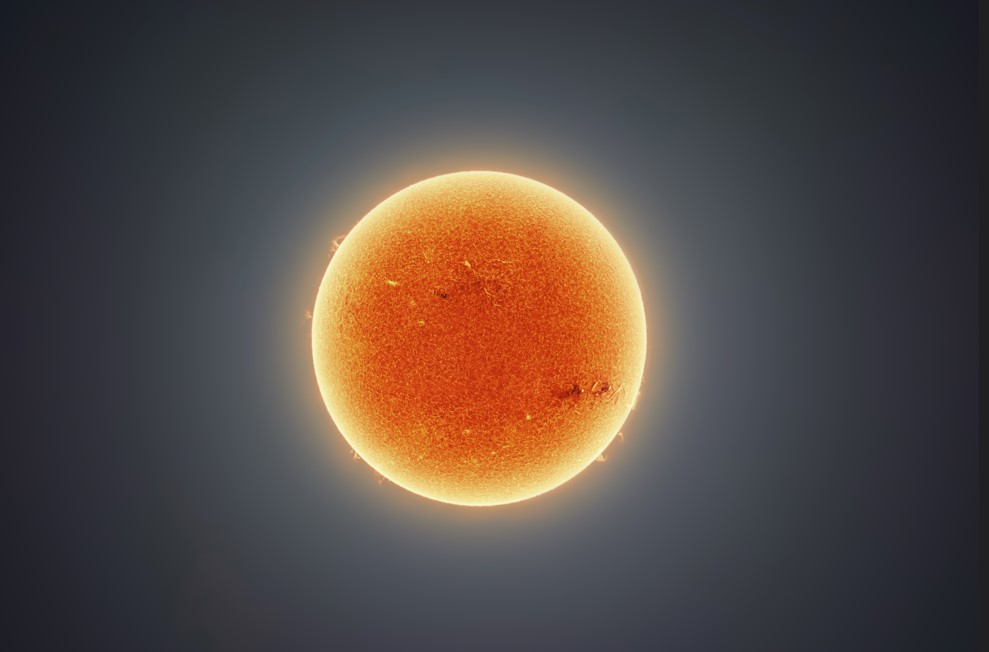
If you want to learn about the history of the Sun, then look no further than the Moon. That’s the recommendation of a team of scientists who hope to harness future Artemis lunar missions to help understand the life history of our home star.
Continue reading “The History of the Sun is Written on the Moon”Galactic Superwinds From Supernovae and Newly-Forming Stars Shape a Galaxy’s Early Development
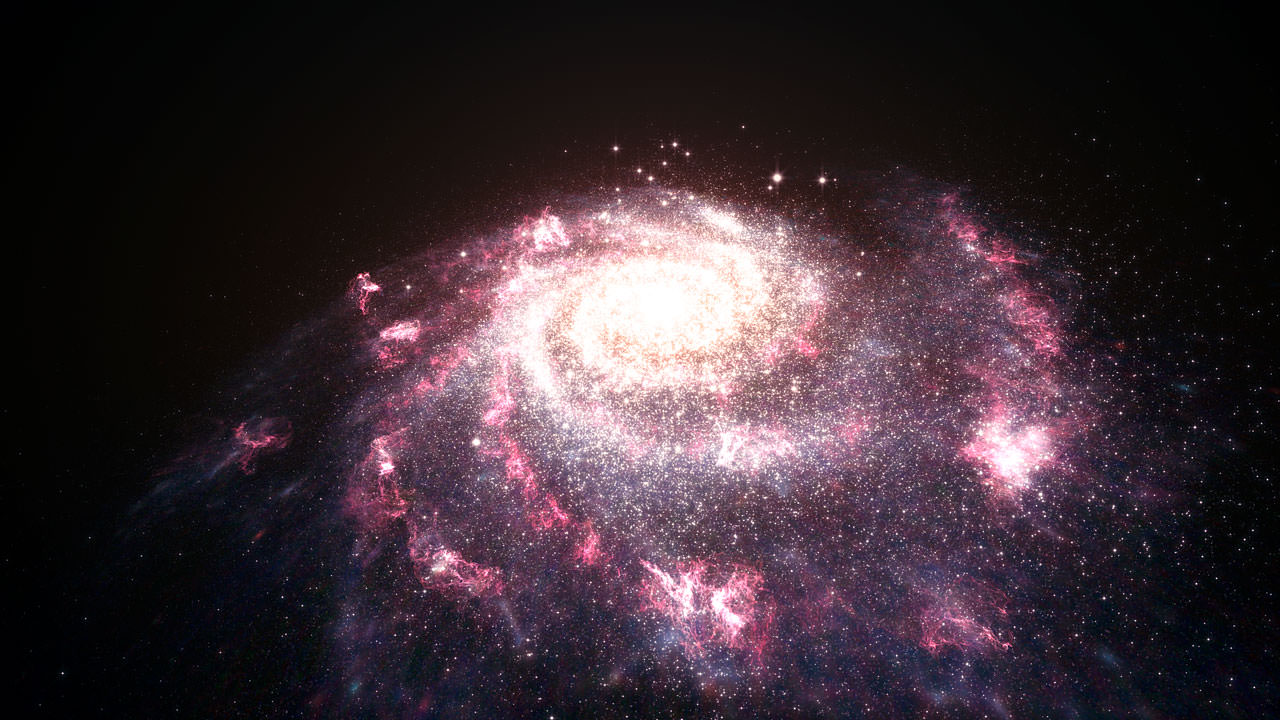
Astronomers have long believed that supernovae and stellar winds drive outflows from galaxies known as superwinds. New research suggests that they may instead be due to a ring of nuclear fire.
Continue reading “Galactic Superwinds From Supernovae and Newly-Forming Stars Shape a Galaxy’s Early Development”The Tonga Eruption Produced a 90-Meter Tsunami
The gigantic underwater Tonga volcano eruption event captured the world’s attention in January of this year. People from around the world marveled at the satellite imagery of this awesome demonstration of nature’s destructive capability. But only now are we learning that the volcano triggered something else – a tsunami wave up to 90m tall, nine times higher than the tsunamis generated by earthquakes.
Continue reading “The Tonga Eruption Produced a 90-Meter Tsunami”Massive Stars don’t Always Grow Their own Planets. Sometimes They Steal Them
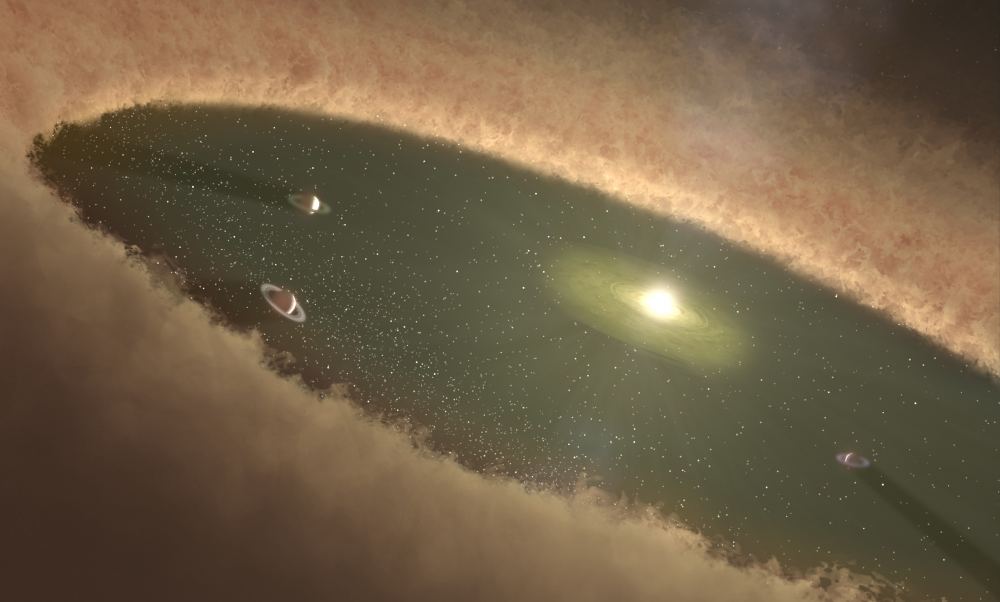
Recently astronomers have discovered Jupiter-sized planets orbiting at extremely large distances from giant stars. How can these stars end up with such big planets at such extreme orbits? A team of researchers has proposed that the answer is that the stars steal those planets from their neighbors.
Continue reading “Massive Stars don’t Always Grow Their own Planets. Sometimes They Steal Them”It’s Thought to Rain Diamonds on Uranus and Neptune, and now Scientists Duplicated it in the lab

The ice giant planets of Neptune and Uranus might have just the right conditions to rain diamonds. Unfortunately we can’t go and check ourselves, so we have to rely on laboratory recreations of their atmospheres to find out. And so that’s exactly what a team of physicist did: they used a vaporized form of common plastics to find out how quickly and how easily diamonds could grow in those kinds of conditions.
Continue reading “It’s Thought to Rain Diamonds on Uranus and Neptune, and now Scientists Duplicated it in the lab”Has JWST Found Proto-Globular Clusters?
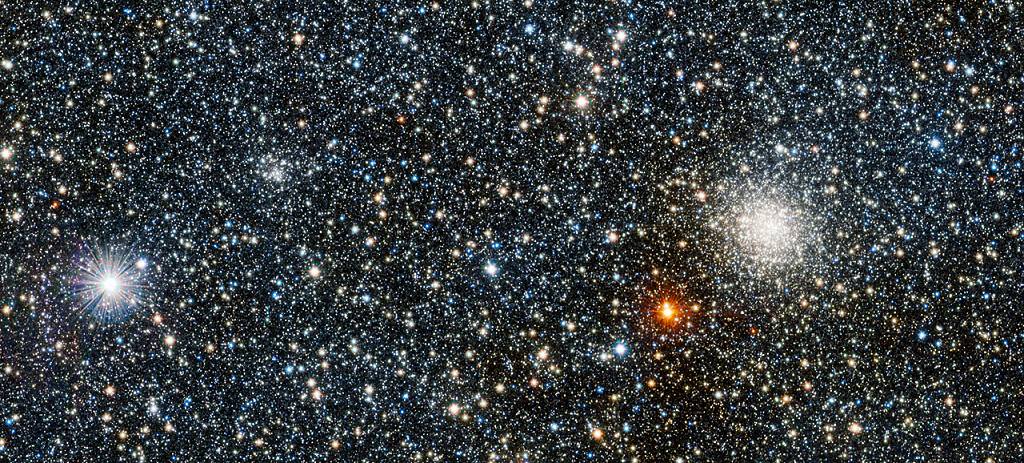
The James Webb Space Telescope continues to deliver surprise after surprise. Next up, a team of astronomers have identified likely candidates for proto-globular clusters. Clusters like these can help astronomers understand the evolution and ultimate fate of galaxies like our own.
Continue reading “Has JWST Found Proto-Globular Clusters?”Lucy’s Solar Array is Fixed! (Mostly)
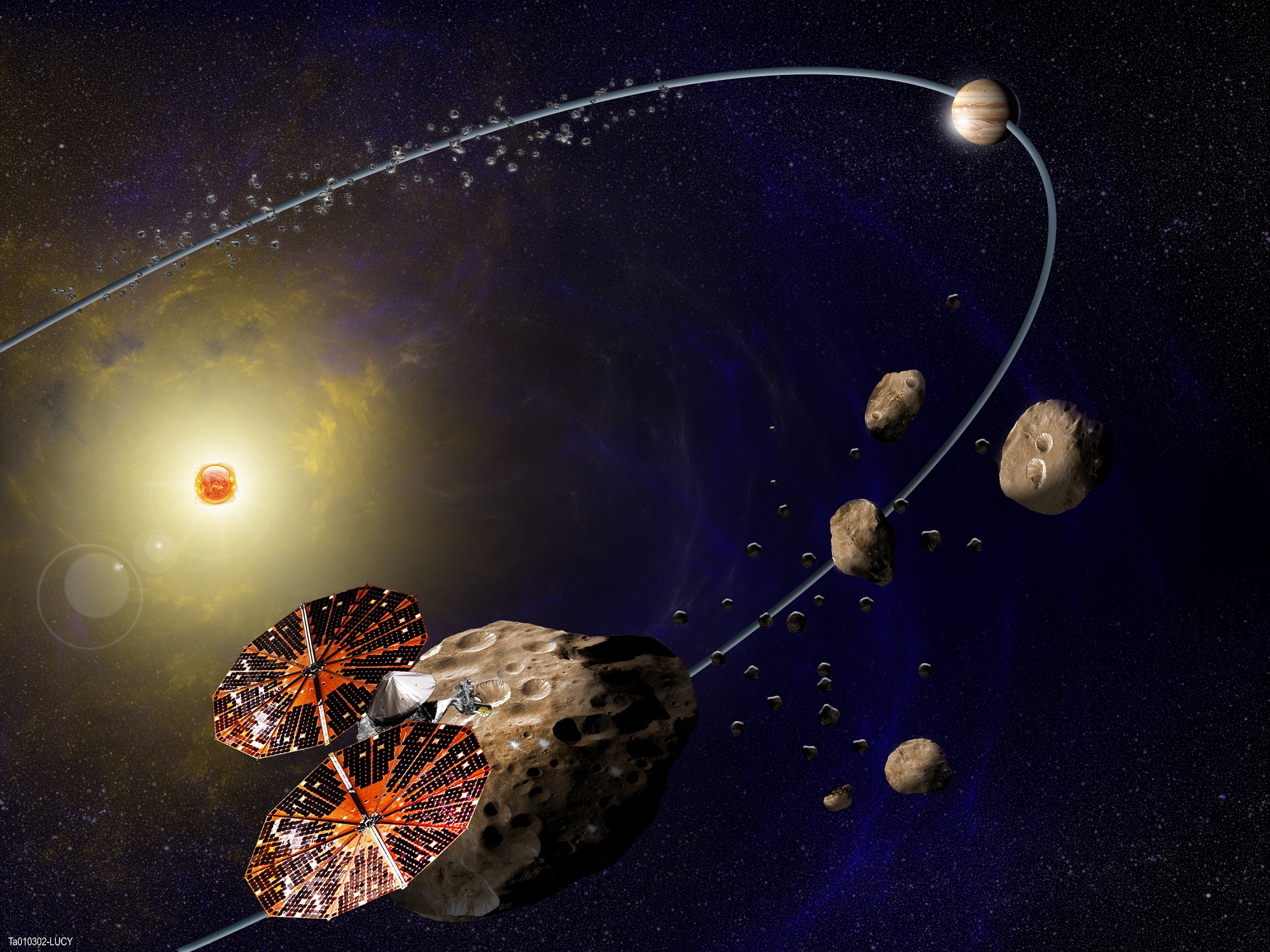
How do you fix the solar array of a spacecraft millions of miles away from the Earth hurdling through the void at thousands of miles per hour? Very carefully, that’s how.
Continue reading “Lucy’s Solar Array is Fixed! (Mostly)”
